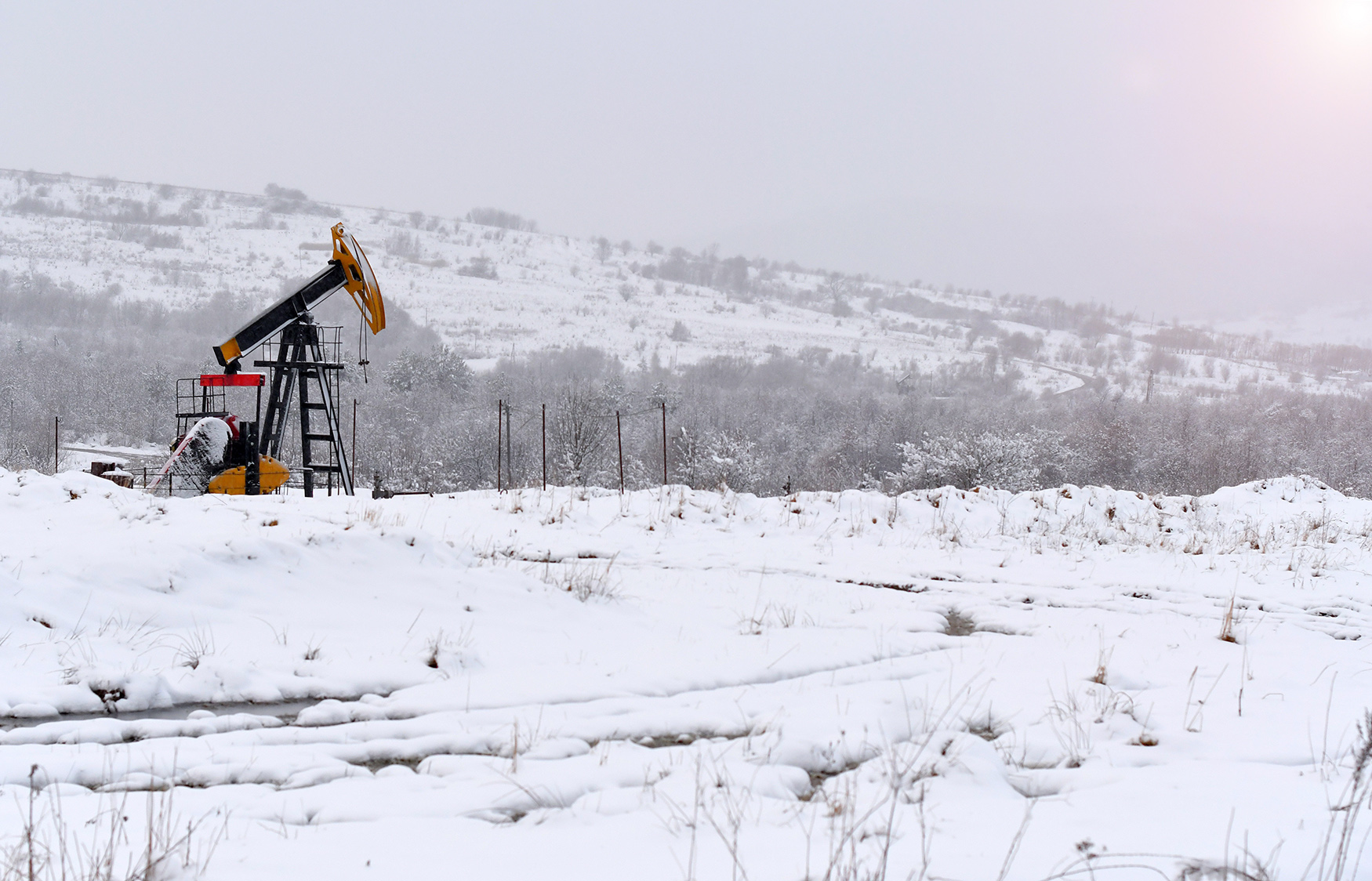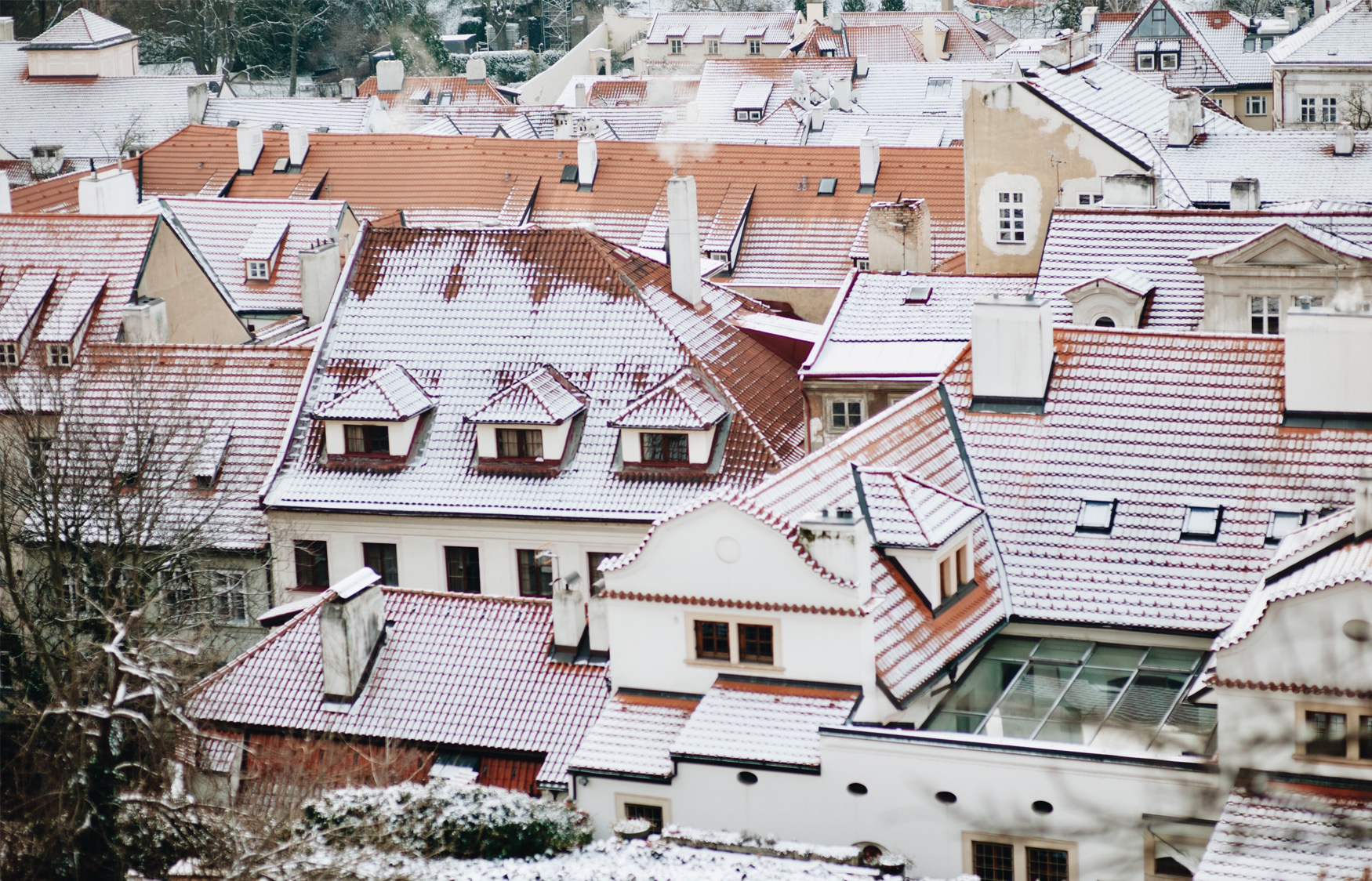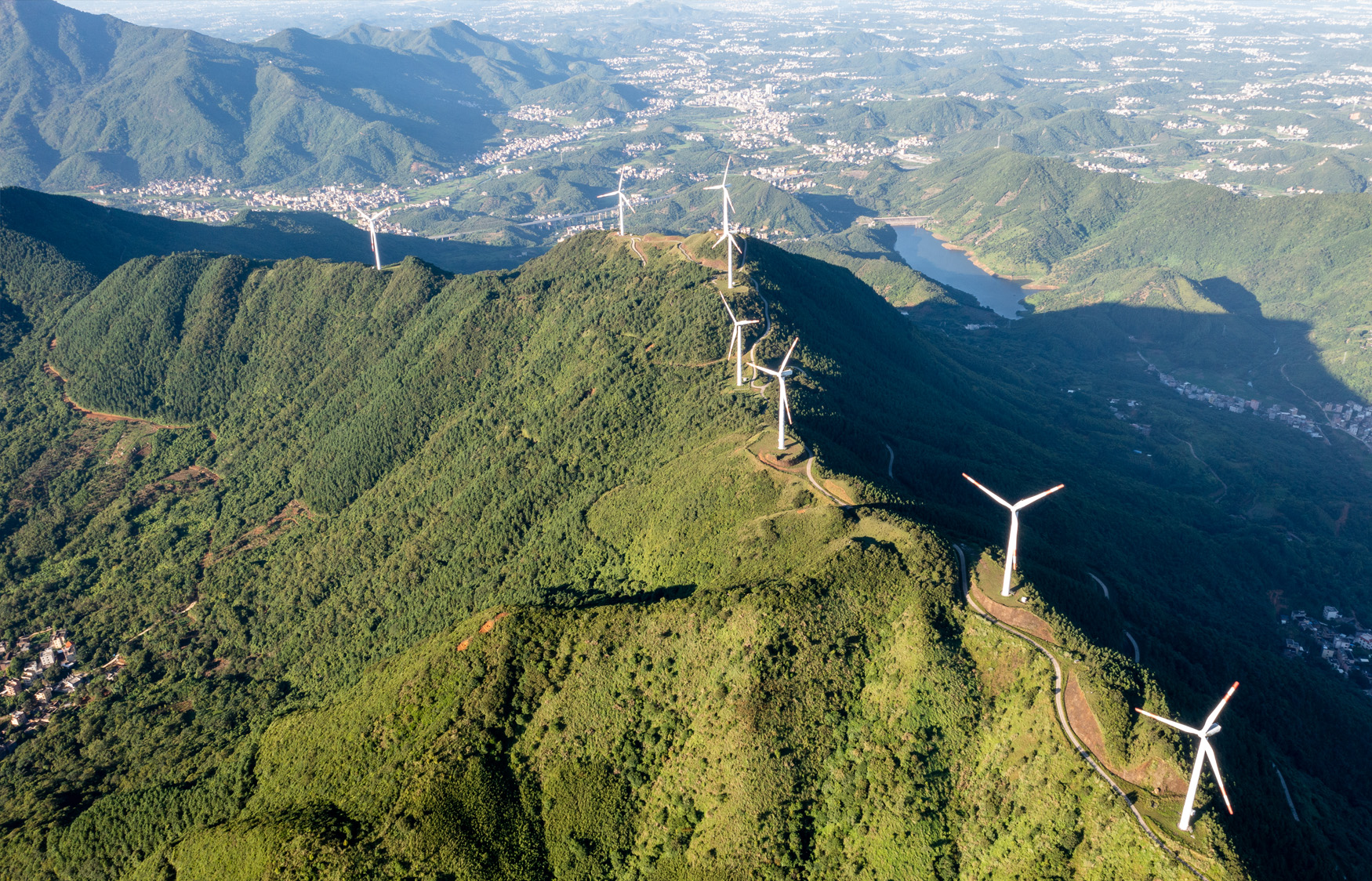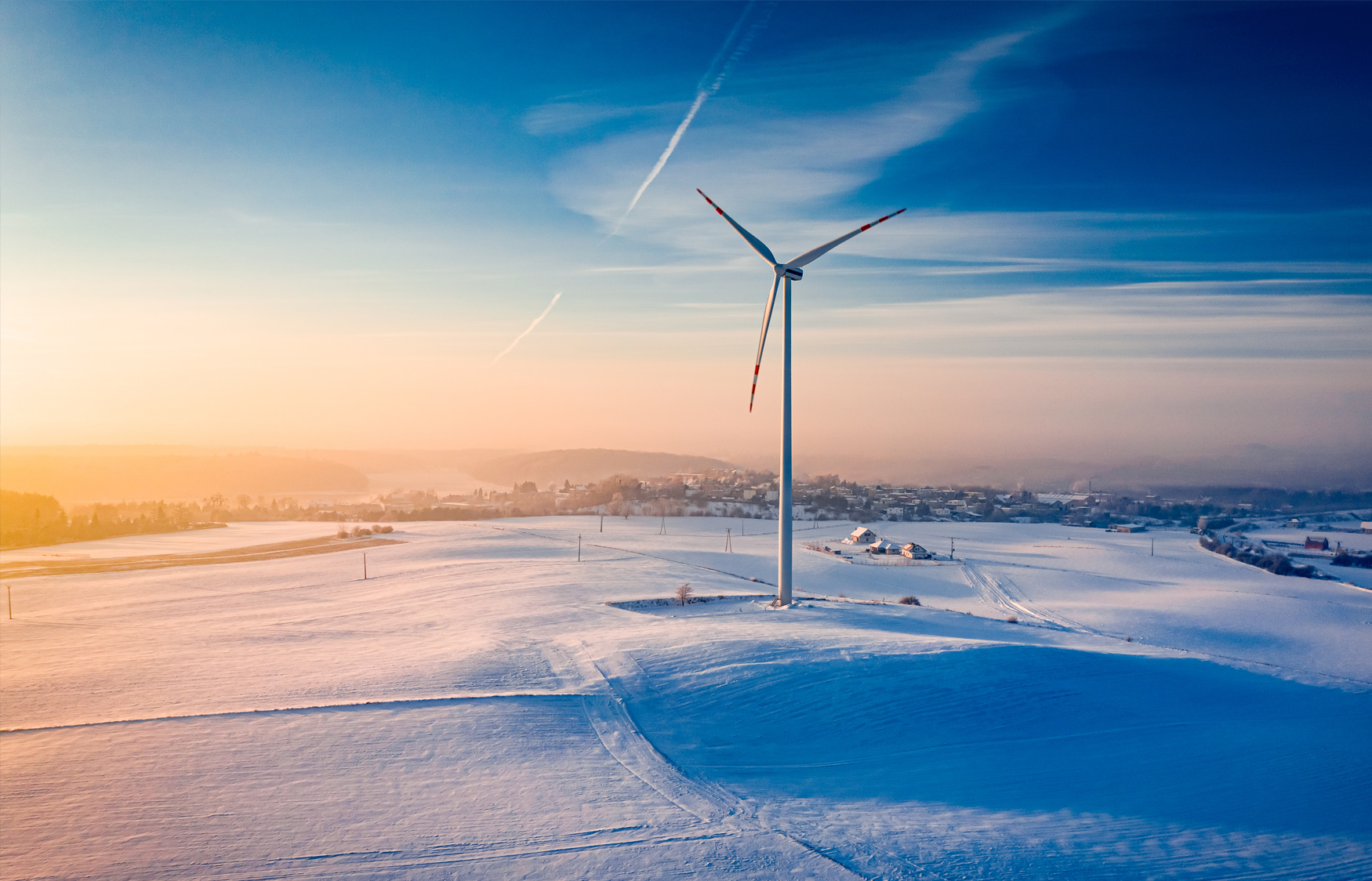We are going through one of the most uncertain times in our generation. Elections with surprising results, war in Europe, war in the Middle East, a changing climate, the need for a reorientation towards cheap energy in the EU to put the 'old continent' industry back on a competitive trajectory. All this means that 2025 will start with countless questions and a large dose of unpredictability.
Next, we will talk about how 2025 is shaping up in European energy. We will not try to make predictions, but identify three important questions that the Union is preparing to answer. (And these are certainly not the only dilemmas in the European energy sector.)
War, gas and Europeans. What are we sourcing?
At this point, we do not yet know what will happen in Ukraine, but the inauguration of the new American president is a positive sign for the long-awaited peace. Of course, the terms for ending the conflict will have to be carefully determined for a lasting peace.
In this geopolitical context, we recall that the great project REPowerEU started in the aftermath of the energy crisis following the Russian attack in Ukraine, it aims to support EU countries' renewable energy production and thus reduce Russia's dependence on fossil fuels. The European Investment Bank is offering an impressive €45bn to support REPowerEU's objectives for 5 years (starting in 2022).
Geopolitics and gas supply are closely intertwined, and 2025 is a turning point. That's because on January 1, 2025, a major contract regulating the transit of Russian gas through Ukraine will be finalized, with significant implications for Russian gas exports to some EU countries. Because, despite the open conflict, Russian gas has continued to flow into the EU and there has been no significant disruption of supply so far, even though Ukraine, as part of its incursion into Russia's Kursk region, has taken control of the only active metering station for Russian gas entering Ukraine, at Sudzha (Figure 1) (Łoskot-Strachota et al, 2024) (according to bruegel.org).

The impact will be particularly felt in Austria, Hungary and Slovakia, for which the Ukrainian transit route provided 65% of gas demand in 2023. The share of Ukrainian transit in EU gas imports fell from 11% in 2021 to around 5%.
According to an analysis by think tank Bruegel, 3 scenarios are possible:
- Replacing Russian gas with LNG (liquefied natural gas)
This scenario is favored by the development of LNG infrastructure: terminals in Poland, Germany, Lithuania, Italy, Croatia and Greece, new regasification facilities in Germany and Italy, and the potential expansion of the Turkstream pipeline capacity across the Black Sea from Russia, with Turkey replacing lost volumes.
- Replacing Russian gas with gas from Azerbaijan
In this gas, according to Bruegel, Russia will continue to supply gas to Ukraine, but will call it "Azeri gas", while Azerbaijan will receive gas from Russia. So there would be no change in gas flows: EU traders would buy gas from Azerbaijan, which would buy gas from Russia.
- A new deal between the EU, Russia and Ukraine
"EU traders could buy Russian gas at the Russian-Ukrainian border at Sudzha and book transit capacity through Ukraine's pipeline network infrastructure to deliver 'their' gas to European countries. Before the war, Ukraine insisted on such an approach aligned with EU regulations. But under current circumstances, it is not clear whether it would be in Ukraine's favor," the Bruegel analysis shows.
What technology will be hot next?
The pandemic and the war years have been important lessons for the European Union, which is trying to produce as much energy as possible "at home". Especially as the end of the year 2024 found Europeans out in the cold, with a slightly colder winter than in recent years and Russian gas supplies almost completely cut off. The EU is therefore seeking solutions for abundant energy at a good price and with as little environmental impact as possible.
One of the solutions on which Romania is also betting in the near future (hopefully from 2025) is geothermal energy. While solar and wind energy have experienced a remarkable boom in recent years, geothermal energy seems not to have kept pace, due to costs and legislation, even in countries with a long tradition in this field, such as Germany. In 2024, it began a process to simplify red tape in the field, to boost development geothermal units.
In 2025, Poland to take over EU Council Presidency, and this will quite likely mean a continuation of the geothermal-friendly policies initiated by Hungary (which held the mandate in the second half of 2024).
One of the solutions proposed by Hungary is the creation of a European Geothermal Alliance to address some of the sector's workforce and skills issues.
EU dates, quoted by Reuters, shows that by 2022, less than 3% of energy was produced by geothermal technology. This is despite geothermal energy having the potential to meet three-quarters of the EU's heating and cooling needs in residential and commercial buildings by 2040, according to industry group the European Geothermal Energy Council.

Most EU countries already have geothermal heating systems, but only a few - including France, Germany and Italy - use them to generate electricity.
One of the pillars of the Viitorul Energiei project is geothermal energy, considered one of Romania's chances to have competitively priced, zero-carbon energy. One of the most promising technologies is the closed loop, which involves tapping the Earth's crust's internal heat directly from the rock, without the need for underground hot water reservoirs. Read more about this technology at dedicated microsite.
Energy transition. How do we tackle the elephant in the Brussels decision-making room?
Many voices in the world and in Romania and in the EU say that we are not yet ready to move away from fossil fuels and that it is too early to push the accelerator so hard on decarbonization and renewable energy sources. In other words, that the energy transition is a problem, not a solution.
Of course, we should remind those who think like this that the European Union has included natural gas in its taxonomy, which is an advantage for our country, which is increasingly developing its production in this area.
A second counter-argument concerns the growing need for energy (driven by digitization and climate change, for example) in the Union and in individual countries. Increased energy production, including through the development of sustainable technologies, is a necessity in order to maintain our way of life.
Another aspect, which has to do with the global context, is that in other countries renewable energy is massively supported, and Europe cannot afford to miss this train. This is because state subsidies mean not only development in the energy sector, but also industrial development.

These subsidies, offered by the US, the EU and China, are powerful economic weapons for gaining better market positions, as they encourage investors to turn their attention to those areas.
With the Zero Net Zero Industry Act, a response to the Biden administration's proposed Inflation Reduction Act, the EU aims to make it more attractive to invest in solar, wind and other sustainable technologies. Legislation cuts red tape, shows Financial Timeis speeding up project approvals and aims to reach 50 million tons of carbon storage capacity in Europe by 2030.
The results are taking shape and are likely to become more consistent in 2025. For example, reports the Financial Times, Arcelor Mittal, the world's second-largest steelmaker, has begun testing a carbon capture project in Ghent, Belgium, according to a June Morgan Stanley report.
***
Finally, one cannot help but wonder about the impact the Middle East will have on the European economy. A peace, as much desired as the one in Ukraine, with an end to the conflict in Gaza, but also with a possible democratization of Syria and perhaps Iran, could make this area a fuel supplier for the EU. Will this hypothesis materialize? All that remains is to stay with Viitorul Energiei in 2025 and see together what the times bring.
Please accept our best wishes for 2025, health, peace, stability and lots of energy!





